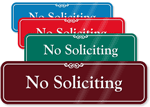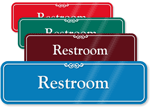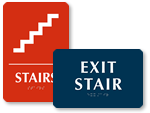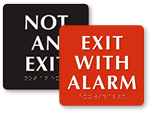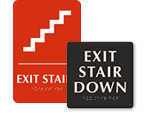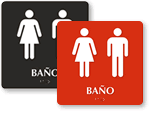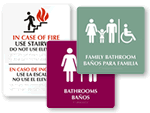A.
The NFPA requirements for stairway identification signs are listed in NFPA 101-2015 Section 7.2.2.5.4.1. The section states that stairs shall be provided with special signage within the enclosure at each floor landing. It further states details to be provided on the signage, such as the floor level, stair enclosure, and its top and bottom terminus, and the exit discharge floor level and direction.
This NFPA section also includes information about signage placement, use of tactile letters, and design specifications related to letter sizing, placement of the different elements on the sign, and the use of No Roof Access text.
The section clearly states minimum letter size requirements - the floor/level number in the center should be a minimum 5” high, and the rest of the letters should not be less than 1” (25mm) high. Moreover, Mezzanine levels should be denoted by “M” or other appropriate identification letter preceding the floor number, while basement levels shall have the letter “B” or the appropriate identification letter preceding the floor level number. Also, the floor level designation shall also be tactile in accordance with ICC/ANSI A117.1.





